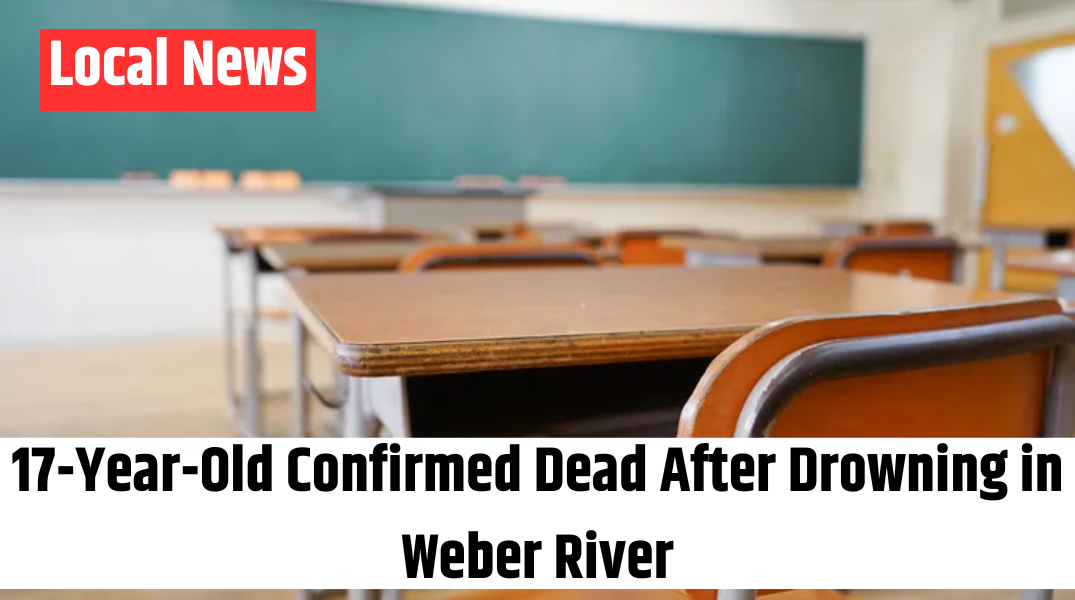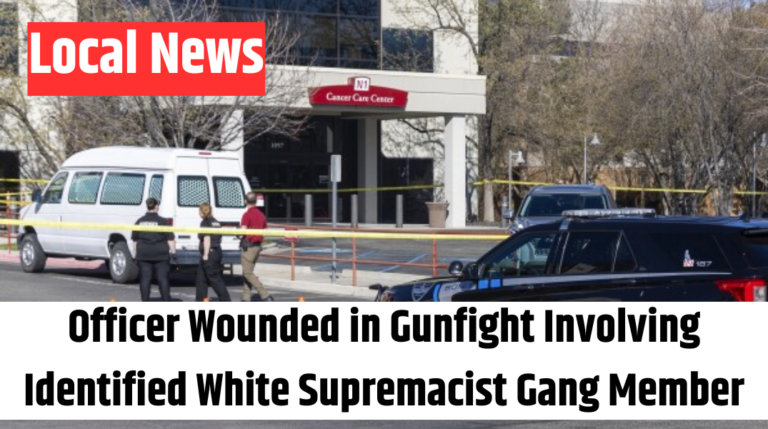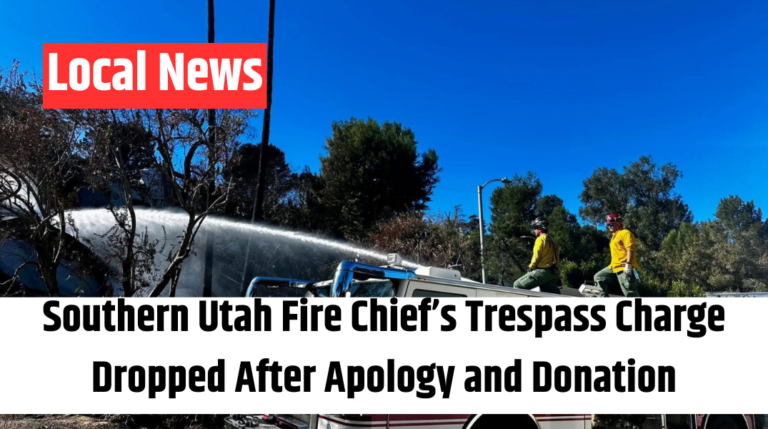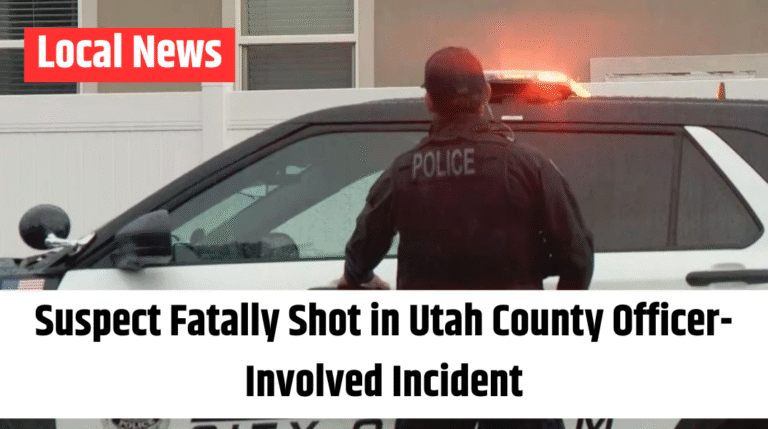
SALT LAKE CITY — Schools across Utah are prepared to take specific actions during emergencies or safety threats to ensure the protection of students and staff. These protocols are part of the Standard Response Protocol (SRP), which varies in response to the level of threat or emergency.
Here’s a breakdown of the five key SRP protocols, as outlined by local school districts in Utah:
1. Hold
This protocol keeps students and staff in their current locations, such as classrooms, while ensuring that hallways remain clear. It’s typically initiated when there’s an ongoing situation that doesn’t directly threaten students but still requires limited movement.
2. Secure
In response to a potential external threat, students and staff are brought inside the building, and all exterior doors are locked. During this protocol, normal activities inside the school continue without interruption.
3. Lockdown
This more severe protocol is activated in the event of a direct threat on campus. Students and staff are instructed to lock the nearest classroom door, stay out of sight, and remain as quiet as possible. This action is immediately taken to ensure safety in the face of an on-campus hazard.
4. Evacuate
If the school building is compromised—due to fire, gas leaks, or other threats—an evacuation is ordered. Students and staff are directed to exit the building, either to a designated area on or off-site. It’s recommended that students leave their belongings behind but take their phones if they can.
5. Shelter
This protocol is used when there’s a hazard outside the school, such as severe weather or a dangerous materials spill. Students and staff stay inside the building, but regular school activities continue. No one is allowed to enter or exit the building until the situation is resolved.
What to Expect During Each Protocol:
Hold:
In the event of a “Hold,” all doors are locked, and everyone stays in their room or designated area until the threat passes. Hallways should remain clear to allow emergency personnel to enter the building if necessary.
Secure:
When a “Secure” alert is called, students and staff are instructed to stay inside while the exterior doors are locked. Inside activities continue as usual, but no one is permitted to leave the building.
Lockdown:
During a “Lockdown,” everyone must remain inside classrooms or offices, turn off lights, and stay as quiet as possible. This protocol is triggered when there’s a direct threat inside the building.
Evacuate:
During an evacuation, students and staff are asked to leave the school building immediately. On-site evacuation locations are designated, and off-site locations are set up for use in emergencies where staying on campus isn’t safe.
Shelter:
A shelter-in-place situation requires students and staff to stay inside the school to avoid an outside threat, such as bad weather or a hazardous materials situation. Normal school activities continue during this time, but no one can enter or leave the campus until the danger is over.
In all situations, schools encourage parents to stay informed, keep their contact information up to date, and remain patient as the situation is managed. For the safety of everyone, officials ask that drivers exercise caution near schools, especially during drills or emergency responses.
These protocols are activated by law enforcement or school administrators when a threat is identified, and they are designed to protect the well-being of all students and staff.




